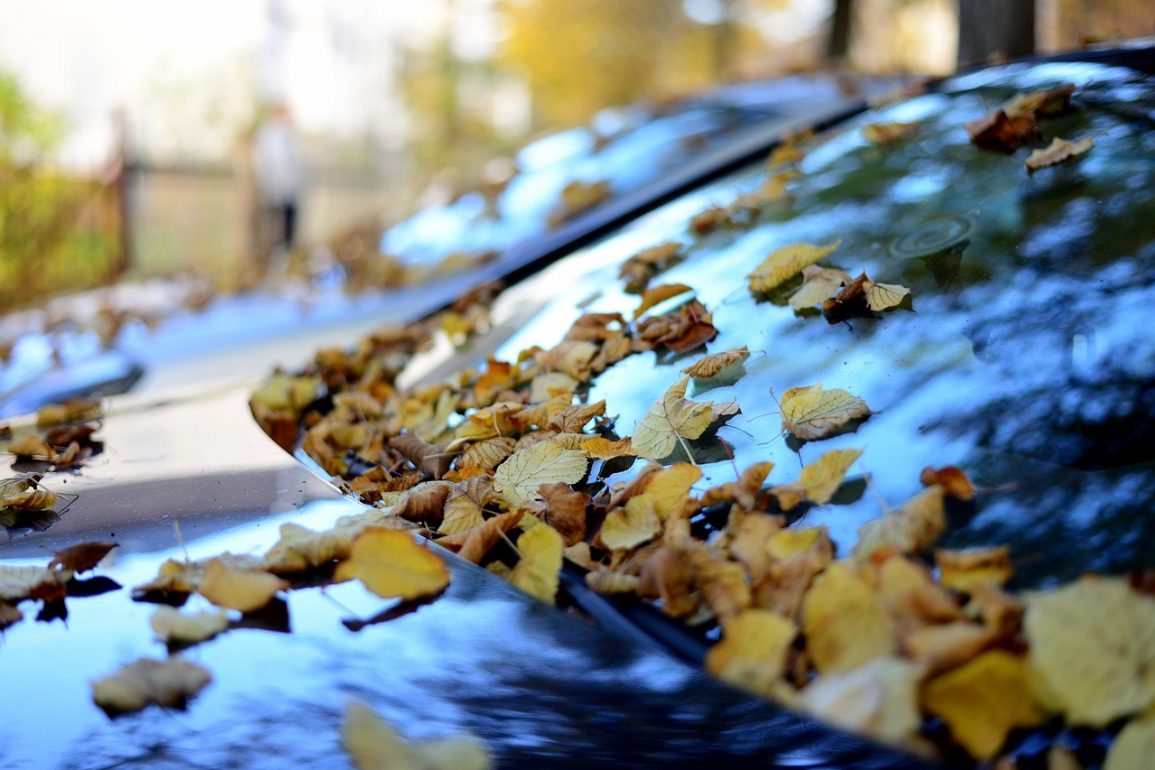Winter is coming! How to keep yourself safe while motoring in the cold season.
Recent data revealed that more severe car accidents occur in winter than in any other month of the year. The research showed that a disproportionate number of accidents happened from November to February (close to 50 per cent in just four months of the year).
But many accidents are avoidable (or at least less serious) if both drivers and vehicles are well prepared for the winter season. For this reason, the used car buying service ChooseMyCar.com has compiled some top tips for driving in challenging winter circumstances.
Founder of ChooseMyCar Nick Zapolski believes that forewarned is forearmed. “It’s important to get yourself prepared for winter motoring, as half the battle is being ready. Breaking down in summer is a lot different to breaking down in freezing cold weather, on an unlit road. Being aware and prepped for winter driving will give you some assurances before you make any journey and help keep you and your family safe.”
Prepare your car for winter
It’s essential that your car is adequately prepared for winter, and that includes putting certain items inside it for emergencies. A warning triangle, water, high-vis clothing, warm clothing, torch, phone charger, de-icer, ice scraper, and blanket are all important items to keep in your vehicle over winter. Get your car checked over and consider winter tyres.
What do to if you break down on a dark unlit road
Should this happen to you, the very first thing you need to do is alert other drivers to your issue using your hazard lights. Once your hazards are on, and it’s safe to do so, pull over in the most suitable place, avoiding ditches, long grass, or soft verges, as you may get stuck.
Once you’re safely stopped, place a warning triangle 45 metres behind your car and put on some high-visibility clothing. If your vehicle is on the road, ensure you remain outside of the vehicle and away from the road. Call a breakdown or another professional who can help. If you have no phone signal, wait for another car and flag them down.
Breaking down on a motorway
If you’re in an outside lane, indicate left and move over to the left-hand lane. Then move onto the hard shoulder and put your hazard lights on. Exit your vehicle from the left-hand side of the car and remain behind the safety barrier. Call national highways on 0300 123 5000, then a breakdown provider and anyone else that needs to know.
What to do if your brakes fail
Put your hazards on immediately and slow your vehicle, using your gears. Once you’ve reached a slow enough speed, use the handbrake to come to a complete stop. Ensure you’re steering your car to a suitable stopping place. In the worst-case scenario, where you’re unable to bring the vehicle to a stop using your gears or brakes, you’ll have to use something to slow you down, such as the kerb or a safety barrier.
Driving on snowy or icy roads
If travel is unavoidable, the best tip is to take it steady. Ensure you leave enough time for your journey, and make sure your car is fully prepared. You may also want to consider changing to winter tyres or having some snow chains in your car. Double-check that you have your safety items in your car, particularly a de-icer, an ice scraper, warm clothes, food, and water in case you break down.
Once you head out onto the road, drive at a slower speed, in a higher gear, and keep a safe distance from other vehicles, as the braking distance in snow or ice is much further. Try to avoid harsh braking or too much acceleration. Be aware of black ice, which is often impossible to see apart from a shine on the road surface. If you do hit any ice, keep the steering wheel straight, maintain your speed, and do not hit the brakes.
Flooded roads and heavy rain
Flash floods can happen very quickly and without warning. If you do get caught out in heavy rain on the road, turn your headlights on and drive to higher ground. Leave twice as much stopping distance as normal between the vehicle in front of you.
Try to avoid standing water if you can, however, it is passable if care is taken. If the water is more than 10cm (4 inches) deep, don’t drive into it. If it’s less than 10cm, drive slowly and in first gear to ensure high revs. Once you get through the water, test your brakes immediately.
Flat tyre/tyre blowout
Calmly pull over in a safe place and put your hazard lights on. A flat tyre can be easily resolved, so make sure you’re carrying a spare or repair kit.
A blowout can be a scary experience, especially as our initial instinct to break can make it worse. Braking can cause the vehicle to spin, so instead hold the steering wheel firmly and allow the car to slow down. Once you have slowed, try to find a safe place to stop and again, put your hazard lights on. Ensure you know how to change your tyre and that it’s safe to do so. If you’re unsure how to change a tyre, or it’s unsafe to do so, call a breakdown provider.
Headlights stop working
If your headlights stop working, don’t stop suddenly, but instead ensure you pull over safely as soon as you can. Use other lights on your vehicles such as hazards, side lights, or even the interior light to ensure visibility.
Once pulled over, try to identify the cause of the problem. If the problem can’t be fixed, call your breakdown provider. If you don’t have any cover, and it’s safe to do so, park your car in a safe place off the road, lock it and return to the vehicle in daylight to fix the issue, or get it towed to the nearest garage.
Poppy Watt


